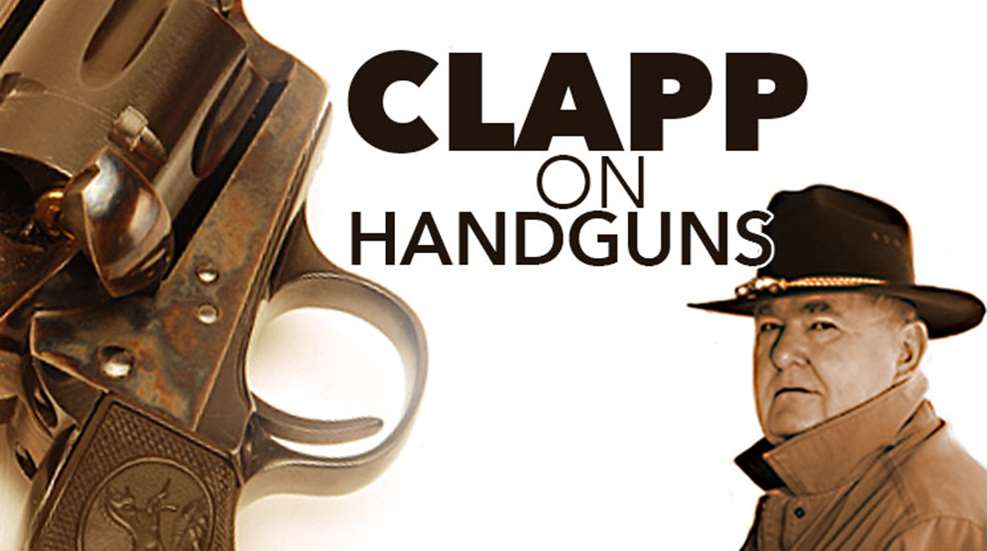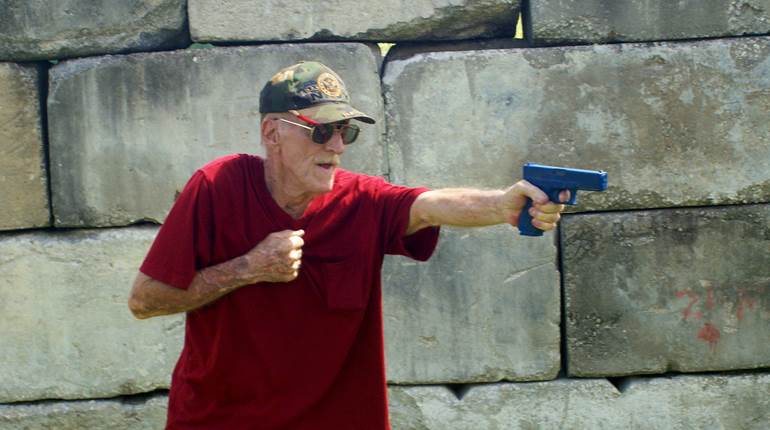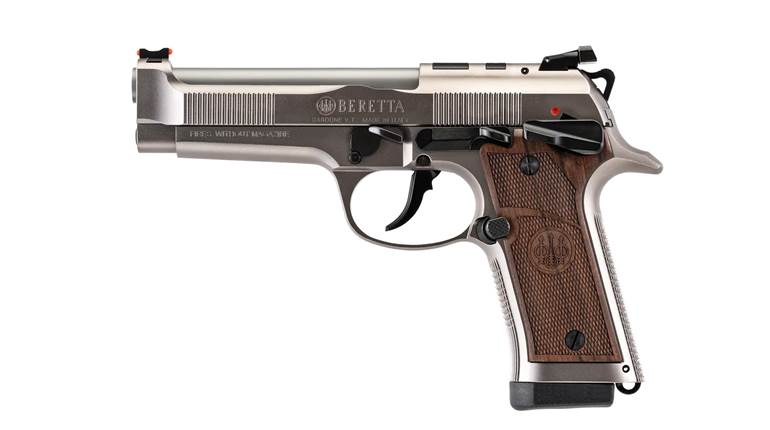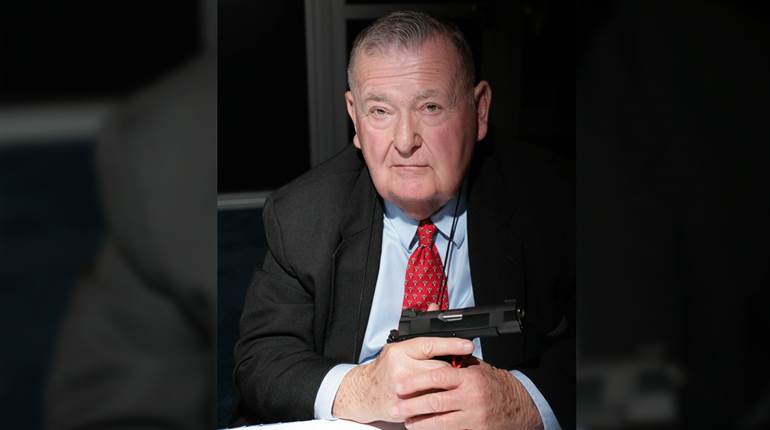
There are several games in which shooters can compete with handguns. There's the bullseye game for pure marksmen, PPC for policemen and IHMSA for long-range fanatics. Defensive shooters like to hone their skills with IDPA or IPSC, while Frontiersmen prefer SASS and its derivatives. I encourage all handgunners to try their hand at some form of competition becauseit teaches you about your ability to shoot under pressure, and that's very important. Plus, the atmosphere surrounding a match is great, particularly in the exchange of ideas, techniques and the like. It is indeed unfortunate that certain people alwayslook for ways to get an edge, usually by shading the rules, if not actually breaking them. However, once there was a game that kept shooters from breaking the rules by severely restricting the number of rules in force.
The game was called the NSL (National Shooters League) and it was fired on a rural range near Laramie, Wyo. Developed by a devoted sportsman and shooter named Robert Burgess, the match involved shooting from varied distances at very small (fist-sized) targets. The shooter fired two shots at each of ten targets and was required to run from one shooting point to the next, a total of 216 yards, in less than 3 ½ minutes. If that was not enough, the course was laid out on therough, up-and-down rolling country of Burgess' ranch. Targets were placed from 16 to 60 yards away. The course was not linear, but more like a miniature golf course, with shots angling both uphill and down, while presenting different conditions of light and shadow. Finally, the paper target was devilishly designed in sort of a tombstone shape with narrow 9 and 10 rings around an inner X zone. Anything else was scored a miss and, yes, your total time was factored in.
What did this do? It placed a premium on athleticism, physical condition, pure marksmanship skill, intimate knowledge of your gun and ammo and keeping your wits about you. The layout of the course and targets favored large caliber guns with flat trajectories. PPC-like revolvers in big calibers, loaded for flat trajectory were seen, but most shooters went for autos for the faster reloading. It was tough, but in the late 70s, a guy who could beat the rest walked away with five grand in cash.You could buy many different kinds of cars for that much money in 1977.In the long run, the match fell from favor and was canceled after a few years. I never heard the detailed explanation, but I would hazard a guess as to why this happened. It was just too dang hard.





































